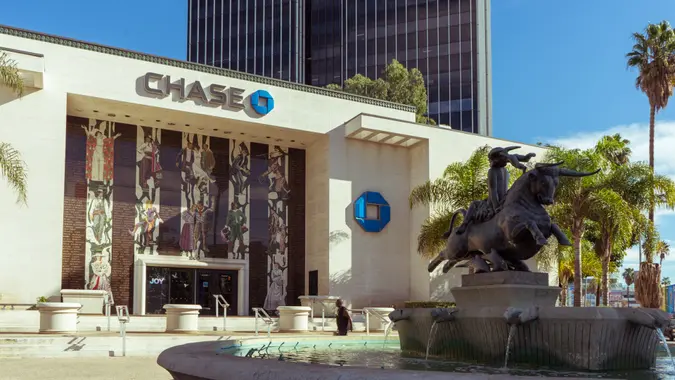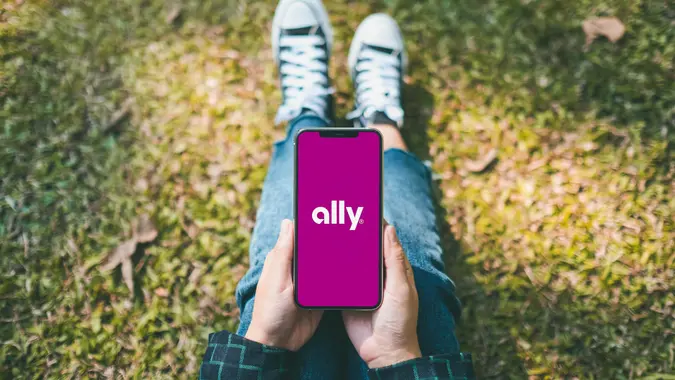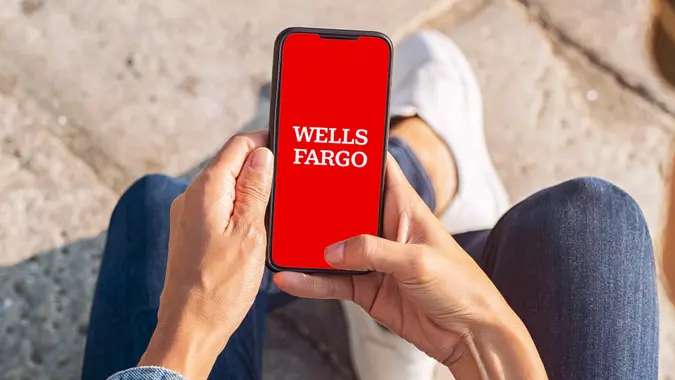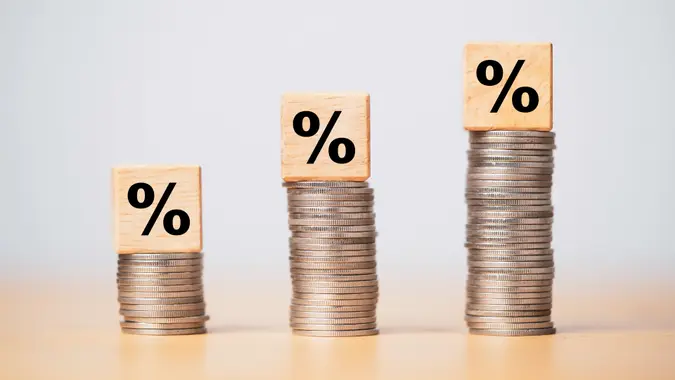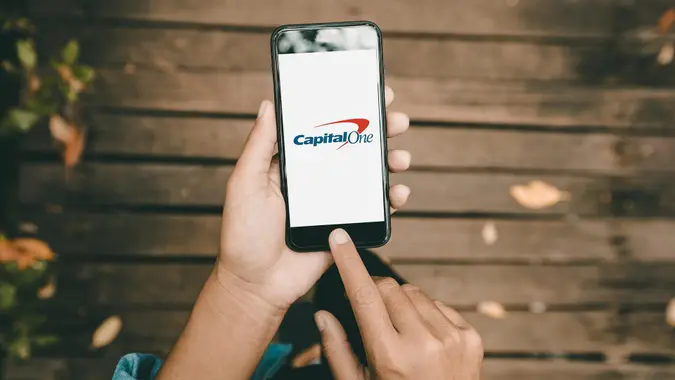Here’s Exactly Where You Should Keep Your Emergency Savings

Commitment to Our Readers
GOBankingRates' editorial team is committed to bringing you unbiased reviews and information. We use data-driven methodologies to evaluate financial products and services - our reviews and ratings are not influenced by advertisers. You can read more about our editorial guidelines and our products and services review methodology.

20 Years
Helping You Live Richer

Reviewed
by Experts

Trusted by
Millions of Readers
Your emergency savings needs to work for you. If you don’t have an emergency fund, or you’re currently earning little to no interest on it, it’s time to make a change.
Your emergency savings is more than just a place to park your money. Choosing the right type of account can allow you to cash in on interest earnings, growing your emergency fund even more quickly.
Why You Need an Emergency Fund
You can plan a lot of things in life, but you can’t plan everything. Therefore, you need to be financially prepared in case of an emergency.
Emergencies take many forms — losing your job, pricey medical bills or an unexpected home or car repair. In these situations, you need money fast.
If you don’t have enough to cover your situation, you’ll either need to get a loan or put the balance on a credit card. While this might tide you over in the short term, it can easily turn into a mountain of debt you’ll carry for years to come.
Emergency situations are often chaotic. While having an emergency fund in a high yield savings account like Milli Bank can help make sure you’re prepared. You can’t remove all the stress from an emergency, but having enough money on hand to cover the financial aspects will allow you to have at least one less worry.
How Much to Put in Your Emergency Fund
Depositing any amount of money into an emergency fund is a start. When you first start building your fund, it will likely take time to get the balance where you need it.
Generally speaking, experts recommend having at least three to six months’ worth of living expenses in your emergency fund. For example, if your living expenses — things like housing payment, utilities, groceries, transportation, debt payments and any other essentials — add up to $2,000 per month, your emergency fund should have a balance of $6,000 to $12,000.
If saving that much feels overwhelming, take a deep breath. Unless you happen to have an influx of cash to move into your emergency fund, saving this much money will take time.
That’s why it’s smart to keep your emergency fund in a high yield savings account, so the interest you accumulate can help grow your account even quicker. Milli Bank offers a Annual Percentage Yield, as of February 29, 2024, — more than 10 times the national average interest on a savings account.
Consider making automatic payments to your emergency fund on a bi-weekly or monthly basis. Even if you can’t swing a huge amount, regularly saving even a small amount will add up.
Grow Your Emergency Fund Fast
If you haven’t given much thought to where you’ll put your emergency fund, it’s time to do so. On the surface, any savings account that offers easy access to your funds might seem like a good idea, but there’s more to it.
Interest earnings can quickly help increase the balance of your emergency fund. However, you won’t get very far with a traditional savings account.
As of Jan. 20, 2024, the national average yield for savings accounts is just 0.46%, according to the FDIC. Assuming interest is compounded, if you start with an initial deposit of $500 and contribute $50 monthly, five years later, you’ll have $3,546.38 in your account.
But let’s say you were earningAPY* on a Milli Savings Account, instead.
All things being equal, you’d have $4,019.99 in your account.
As you can see, the more interest you earn, the faster you’ll be able to reach your target amount for your emergency fund. Therefore, choosing a high-yield savings account quite literally pays.
You can even use Milli’s digital Jars feature to build your emergency fund. Simply set a goal amount and end date for your Jar and Milli will calculate how much you need to save to reach your target. Plus, Milli has no fees, has no account minimums and is FDIC-insured up to $250,000, so you can feel confident that your money is both safe and working its hardest for you.
The Bottom Line
Putting your emergency fund in a savings account that offers minimal interest can cost you. Earned interest is essentially free money, so choosing a high-yield option like the Milli Savings Account will allow you to increase your account balance faster.
It’s easy to sign up here and start growing your emergency fund more than 10 times faster.
 Written by
Written by  Edited by
Edited by 











